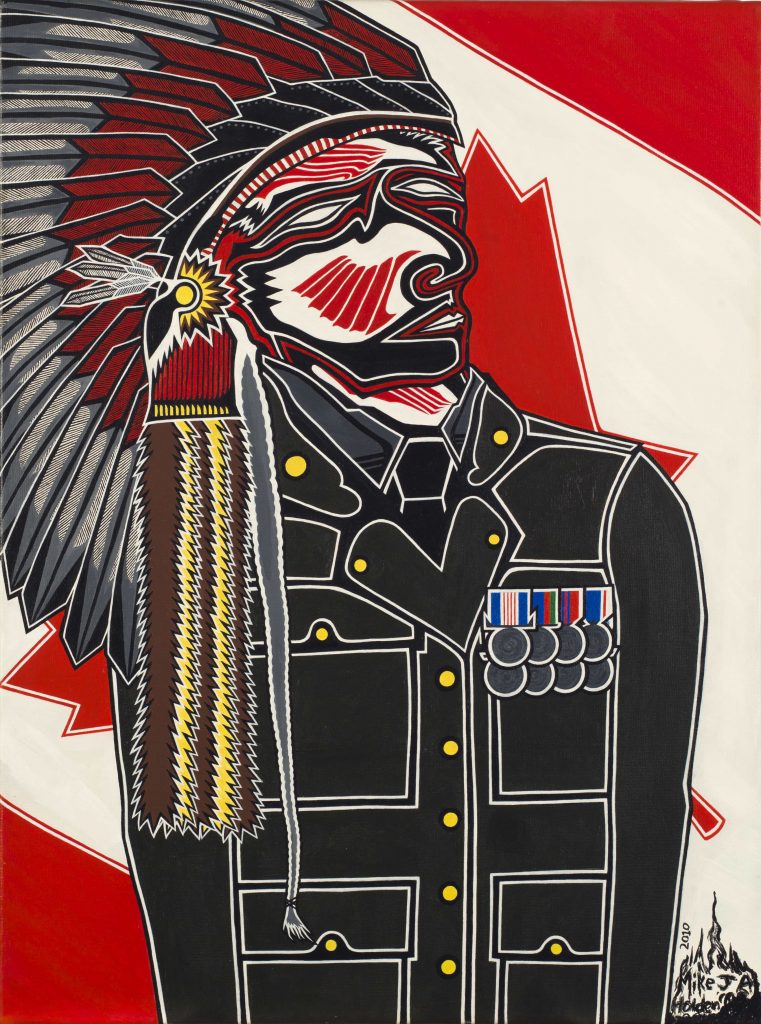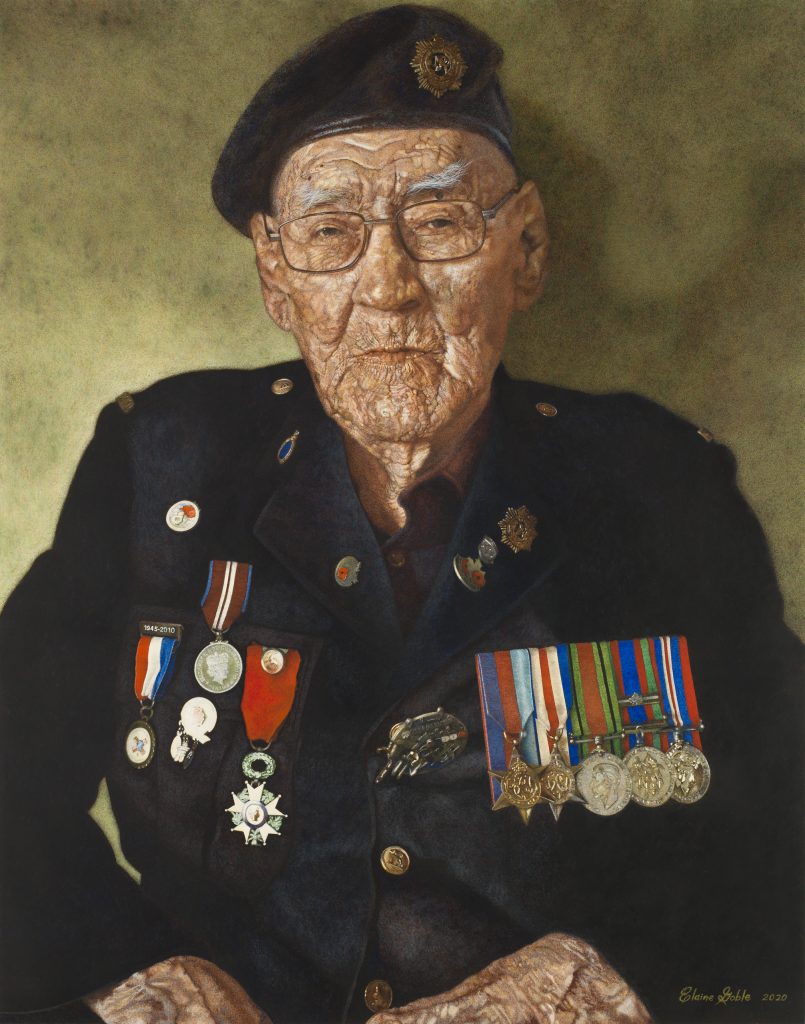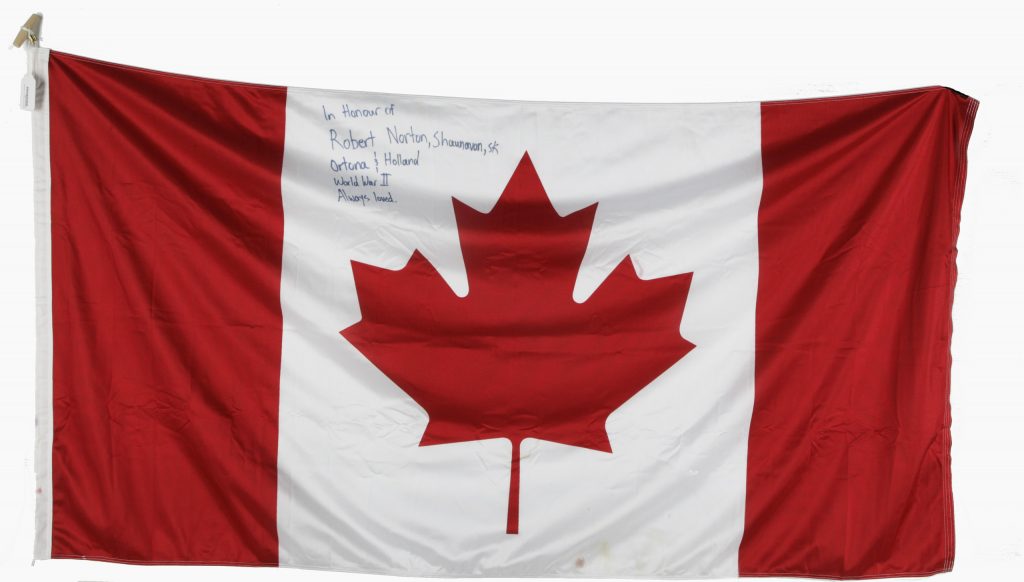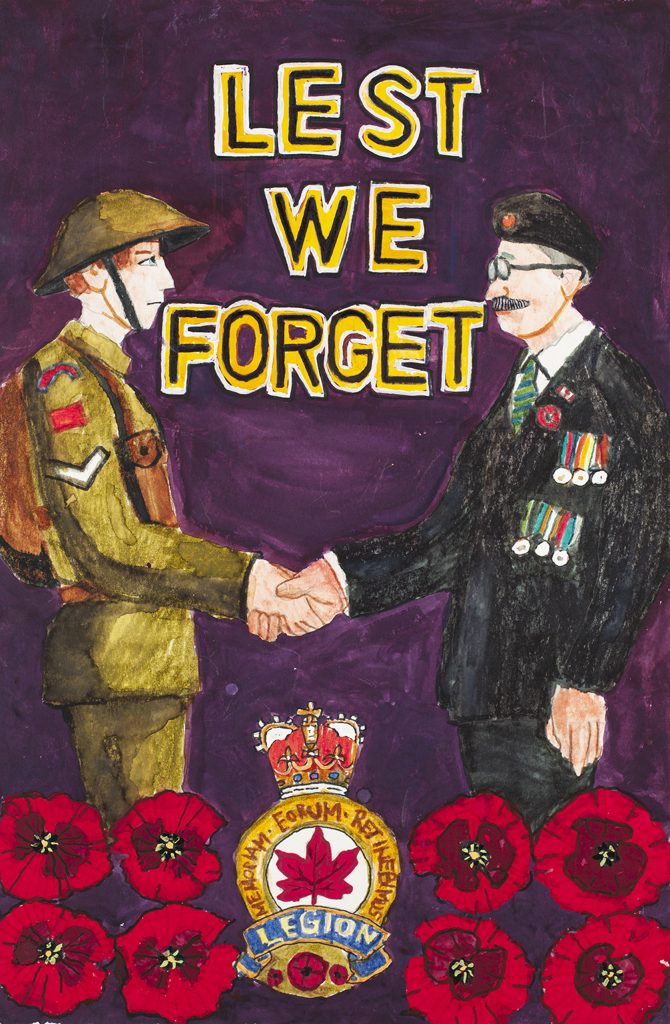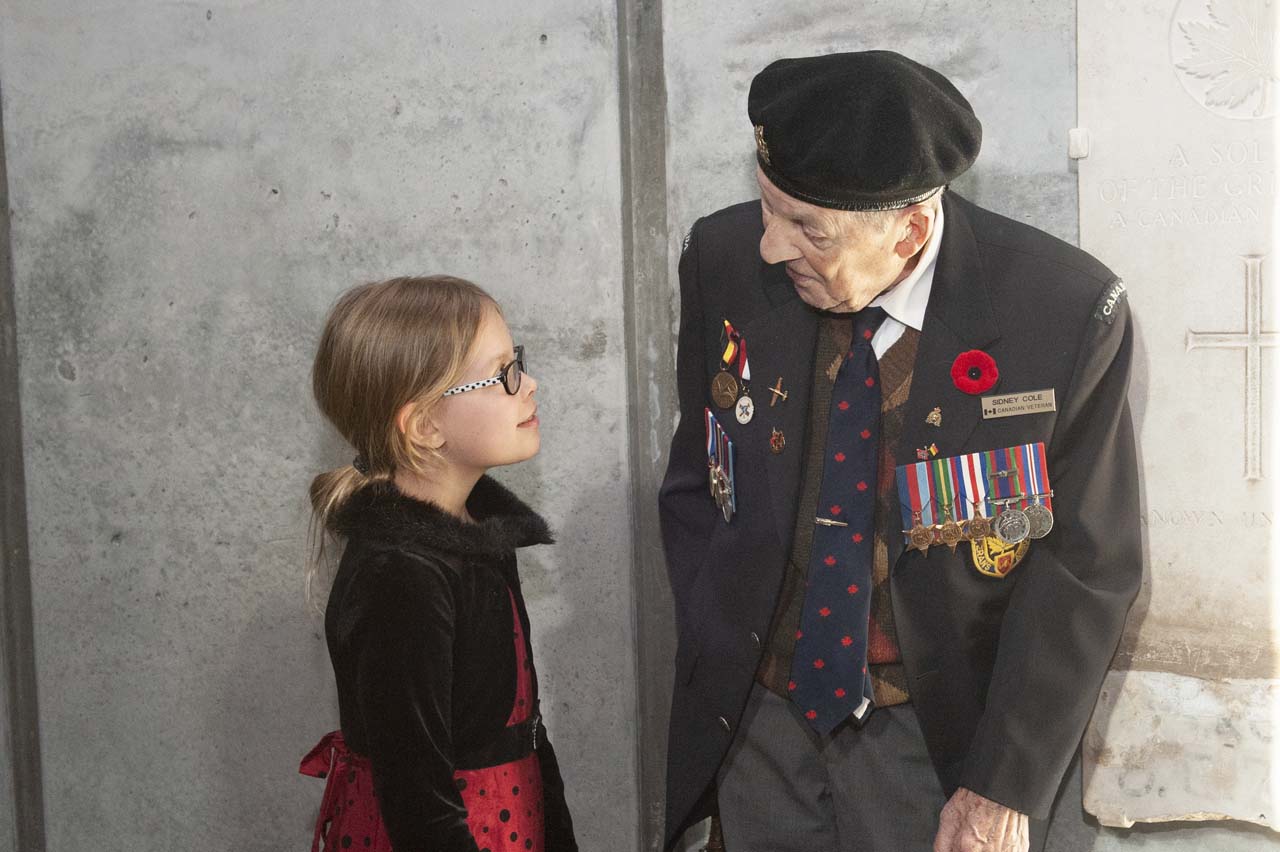
Historical Overview
Veterans have always been integral to Remembrance Day ceremonies. Their presence reminds Canadians of the contributions of those in uniform, those who served in the past and those who continue to serve.
About Veterans
Everyone who leaves the military in good standing is considered a veteran, whether they served in combat or not.
Veterans hold certain rights, which have varied over time. During the First World War (1914–1918), the Canadian government provided programs for returning veterans, including rehabilitation services, a military hospital system, and government-issued loans to purchase farmland.
The Second World War (1939–1945) saw the creation of the Department of Veterans Affairs in 1944 and the establishment of the Veterans Charter, which offered jobs training, land grants, access to university education, and other programs.
But not all who served in war were acknowledged as veterans. After the Second World War, members of Canada’s Merchant Navy sought recognition and access to programs, but they were denied. Those civilian sailors had risked their lives to transport essential military resources and food overseas, but were not considered veterans by the state. Surviving members fought for decades to obtain veteran status, finally achieving their goal in 2000.
Today, programs and services continue to evolve to address the needs of new generations of veterans and their families.
Life After Service
The transition from military to civilian life has no single narrative. Thousands of veterans easily settled into the next stage of their lives, while others faced unemployment, broken relationships, and disillusionment with a society that could not fully understand what they had been through. Many veterans suffered from visible and invisible wounds. For some, post-traumatic stress and physical disabilities altered their lives.
For many former members of the military, their years in service were formative, and their identity as a veteran was important to them. Some joined veterans’ organizations, such as the Royal Canadian Legion, to celebrate and reinforce the bonds of their common identity.
Following the First World War, many veterans made pilgrimages to distant battle sites. They often reflected on comrades who never came home, demanding that those sacrifices be remembered. Veterans also came together in reunions to keep alive the shared bonds of wartime service.
Being a veteran carries status in society. It demonstrates a person’s willingness to sacrifice for their country. Many Black, Asian, and Indigenous veterans harnessed this status to fight against discriminatory laws or policies targeting their communities. Their work has been instrumental in advancing voting rights and other civil rights in Canada.
While some veterans chose to keep their memories private, others found satisfaction in sharing their stories with the public. Whether they are oral testimonies or written memoirs, these valuable resources help people understand the service and sacrifice of Canada’s veterans. Donating artifacts to museums is another way to keep veterans’ memories alive for future generations.
Banner photo:
A veteran visiting the Canadian War Museum on Remembrance Day
Canadian War Museum, CWM2018-0037-0058-Dm
